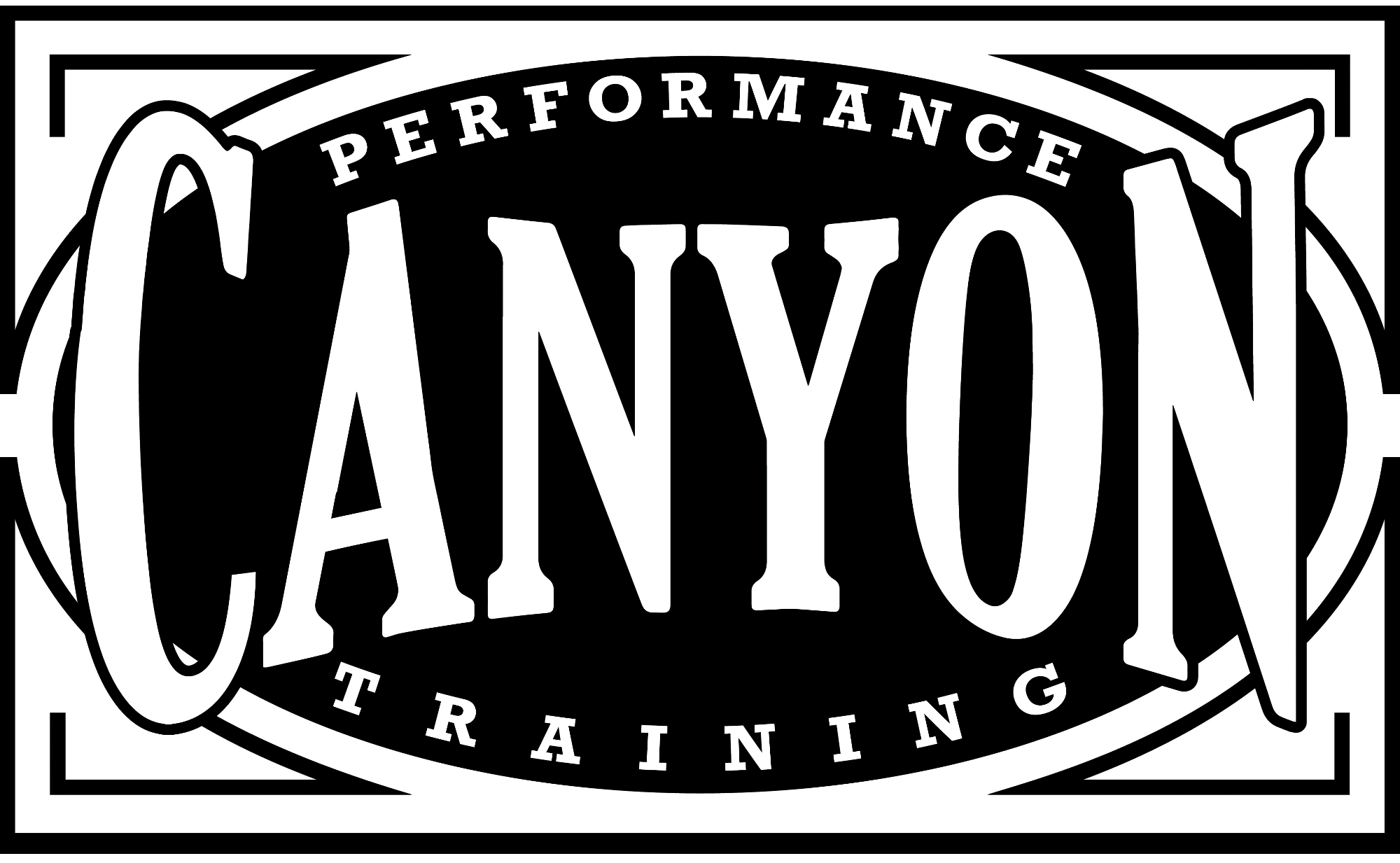 Targeted Exercises Avoid Excessive Knee Injuries in Girl Athletes
Targeted Exercises Avoid Excessive Knee Injuries in Girl Athletes
The growing rate of ACL knee surgery reached 75 operations per 100,000 people in 2014, but teenage girls suffer more than three times as many injuries – 269 per 100,000 people, a 59 percent increase since 2002 (for boys, it’s 212, a 44 percent increase).[1] Researchers have identified reasons for this imbalance, and qualified performance coaches leverage that knowledge to cut the risk in half and boost performance without bulking up.
Many programs claim to include injury risk reduction or injury prevention programs for female adolescent athletes and young girls. Most usually focus on one or two risk factors like hamstring strength or hip strength; however, because an injury under normal circumstances typically results from a combination of several factors, an effective injury risk reduction program must address multiple factors.
Landing: Landing a jump without flexing properly at the knee and hip can result in a tear to the Anterior Cruciate Ligament (ACL) inthe knee. Start with small jumping motions and proper landing so that it becomes a habit for bigger jumps. Bonus: Higher vertical jumps and more explosive motion.
Hamstrings and Glutes: Girls’ quadriceps are naturally much stronger than their hamstrings and gluteus maximus muscles, an imbalance that can trigger knee and ankle injuries. Perform exercises in a dynamic environment to strengthen the hamstrings and glutes and improve their firing sequence. Bonus: More explosive lower body stability and strength.
Anterior Pelvic Tilt (APT): In some people, especially young women and girls, the front of the pelvis sits lower than the back when the athlete is standing, which indicates tight hips, weakened core and glutes, and reduced hip stability. Perform corrective exercises for strengthening the core and glutes and stretching the front of the hips. Bonus: Better balance and power, less back and hip pain.
Lateral Hip, Knee, and Ankle Stability: putting pressure on the knee. This should be recognized during the single leg squat, and exercises to strengthen the hips to correct this problem should be performed. Bonus: More lower-limb power.
For Parents and Coaches:
Don’t be fooled by special machines or equipment that claim to prevent or reduce knee injury. There is no science to suggest any one movement or piece of equipment can have any effect on reducing injury. In order for an injury risk reduction program to be truly effective, it must address all four of the above factors. Talk to your Performance Coach about how Landing, Dynamic Glute and Hamstring Strength, Anterior Pelvic Tilt, and Lateral Lower-body Stability are all being addressed for an effective injury risk reduction program.
All-Age Performance Training System™
Regardless of the age or sport, All-Age Performance Training programs have a balance phase for lower-body stability, corrective, and dynamic stretching as needed for anterior pelvic tilt. Canyon Performance Training teaches female athletes exercises to strengthen glutes and hamstrings as well as how to incorporate them into squatting, lunging, and simple exercises so proper landing becomes automatic over time.
Mitigating the risk of injury means girls can enjoy their sports and boost their confidence and performance.
Want to learn more about the best exercises for young athletes? Give us your e-mail address to receive more free training tips, special offers and be the first to know about new programs and small groups forming in your area. As a special bonus: receive Coach Tom Dueber’s “5 Critical Steps Every Athlete Should Add to their Off-Season Program,” Free!

